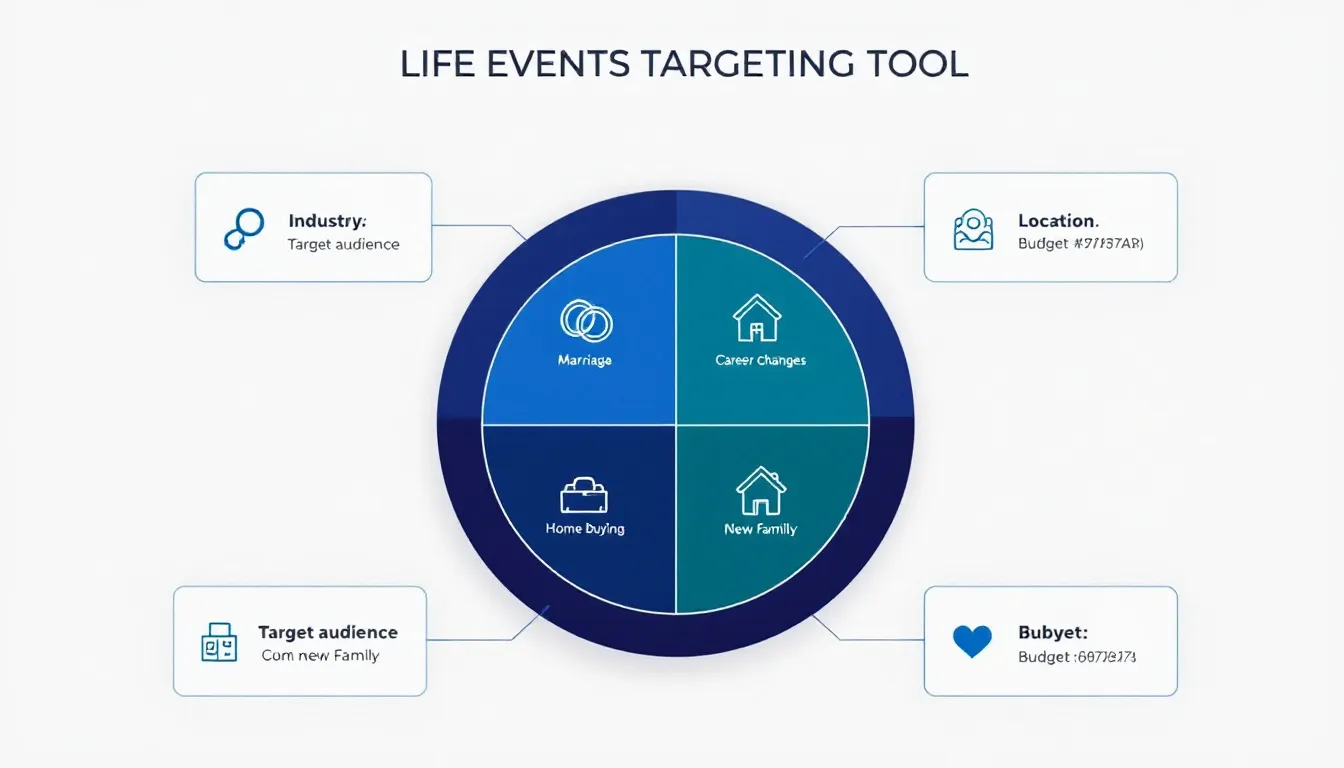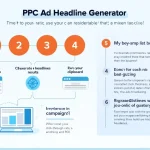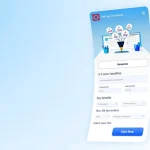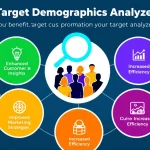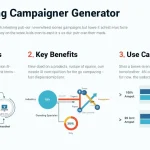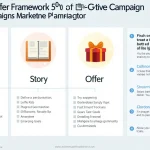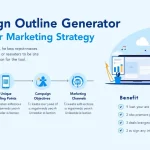Is this tool helpful?
How to Use the Life Events Targeting Tool Effectively
The Life Events Targeting Tool helps businesses identify and capitalize on crucial moments in their target audience’s lives for paid search advertising. Here’s a detailed guide on using each field effectively:
Input Field Guidelines
1. Industry or Business Type:
- Enter your specific business sector to receive relevant life event suggestions
- Example 1: “Financial Services – Investment Advisory”
- Example 2: “Healthcare – Fertility Services”
2. Target Audience Demographics:
- Specify detailed characteristics of your ideal customer
- Example 1: “Career-focused women 30-45, household income $100K+”
- Example 2: “Recent college graduates entering workforce, age 21-26”
3. Geographic Location (Optional):
- Define your target market area
- Can be specific (city) or broad (region)
- Helps customize life events based on local demographics and trends
4. Monthly Budget (Optional):
- Enter your planned monthly advertising spend
- Helps prioritize and segment life events based on potential ROI
- Enables more strategic resource allocation
Understanding Life Events Targeting for Paid Search
Life events targeting is a sophisticated marketing approach that allows businesses to connect with potential customers during significant life transitions when they’re most likely to need specific products or services. This tool streamlines the process of identifying and capitalizing on these crucial moments.
Key Components of Life Events Targeting
- Temporal relevance: Reaching customers at the right moment
- Need-based targeting: Matching services to life transition requirements
- Behavioral patterns: Understanding purchase decision triggers
- Customer journey mapping: Aligning marketing with life milestone stages
Benefits of Using the Life Events Targeting Tool
Strategic Advantages
- Increased marketing efficiency through precise timing
- Higher conversion rates due to enhanced relevance
- Improved ROI on advertising spend
- Better customer engagement and brand loyalty
Operational Benefits
- Streamlined campaign planning process
- Data-driven targeting recommendations
- Reduced time in market research
- Systematic approach to audience segmentation
Problem-Solving Capabilities
The tool addresses several critical marketing challenges:
1. Timing Optimization
Instead of broad-based advertising, the tool helps identify precise moments when potential customers are most receptive to your message. For example, a mortgage company can target individuals shortly after job promotions or marriage announcements.
2. Budget Allocation
By identifying high-value life events, businesses can allocate their advertising budget more effectively. A wedding photographer might focus spending during engagement season rather than spreading it evenly throughout the year.
3. Message Relevance
The tool helps craft more relevant messaging by aligning with specific life stages. For instance, a financial advisor can tailor their message differently for new parents versus pre-retirees.
Practical Applications and Use Cases
Real Estate Sector
A real estate agency targets:
- New job announcements (relocation potential)
- Marriage license applications
- Birth announcements (growing families)
- Divorce filings (housing transitions)
Financial Services
An investment firm focuses on:
- College graduation (first investment accounts)
- Career advancement (retirement planning)
- Marriage (joint financial planning)
- Child birth (education savings)
Healthcare Services
A healthcare provider targets:
- Pregnancy announcements
- Retirement transitions
- Relocation events
- Career changes (insurance transitions)
Frequently Asked Questions
Q: How many life events should I target in a single campaign?
Focus on 2-3 primary life events per campaign to maintain message clarity and optimize budget allocation. This allows for more specific messaging and better tracking of campaign effectiveness.
Q: What’s the best way to determine the most valuable life events for my business?
Consider your customer lifecycle, historical sales patterns, and service relevance to different life stages. The tool helps prioritize events based on your industry and target audience specifications.
Q: How often should I update my life events targeting strategy?
Review and adjust your strategy quarterly to account for seasonal variations and changing market conditions. Major business changes or new service offerings should trigger immediate strategy reviews.
Q: Can I target multiple geographic locations with different life events?
Yes, you can create location-specific targeting strategies that account for regional differences in life event patterns and cultural considerations.
Q: How should I adjust my messaging for different life events?
Tailor your messaging to address the specific needs, emotions, and challenges associated with each life event while maintaining your brand voice and value proposition.
Q: What’s the ideal lead time for targeting life events?
The optimal lead time varies by industry and event type. For example, wedding-related services might target 6-12 months before the event, while real estate services might focus on immediate needs.
Q: How can I measure the success of life events targeting?
Track key performance indicators such as conversion rates, engagement metrics, and ROI specific to each life event campaign. Compare these metrics against your regular campaign performance to assess effectiveness.
Important Disclaimer
The calculations, results, and content provided by our tools are not guaranteed to be accurate, complete, or reliable. Users are responsible for verifying and interpreting the results. Our content and tools may contain errors, biases, or inconsistencies. We reserve the right to save inputs and outputs from our tools for the purposes of error debugging, bias identification, and performance improvement. External companies providing AI models used in our tools may also save and process data in accordance with their own policies. By using our tools, you consent to this data collection and processing. We reserve the right to limit the usage of our tools based on current usability factors. By using our tools, you acknowledge that you have read, understood, and agreed to this disclaimer. You accept the inherent risks and limitations associated with the use of our tools and services.
